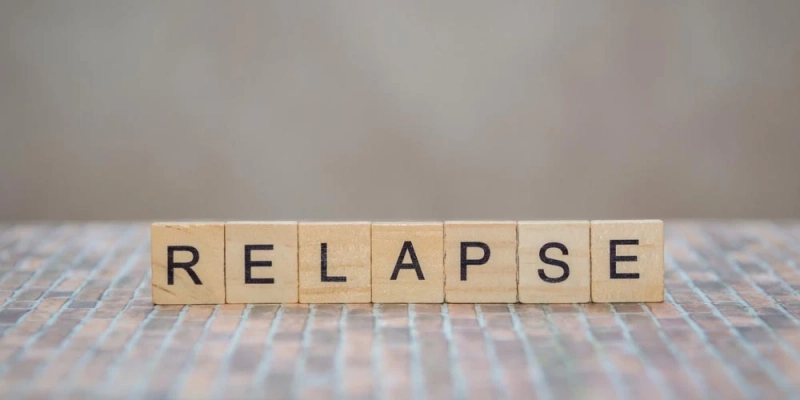Using a relapse prevention strategy is a great way to minimize your chances of using substances again. The process involves identifying risk factors and then taking steps to prevent your substance use. Relapse prevention is a cognitive-behavioral approach.
Urge surfing
Using a mindfulness technique such as urge surfing may help you fight your cravings, avoid relapse, and improve your quality of life. The 'urge surfing' method involves paying close attention to your cravings, as well as avoiding value judgments.
This can be a difficult feat to accomplish, especially if you're accustomed to ignoring or ignoring your cravings. But with a little bit of practice, urge surfing can become a habit.
A craving is a strong want, and can be anything from an emotional feeling to a physical sensation. Some urges are triggered by an event, while others are triggered by a memory. It's important to understand how your cravings work to understand their impact on your life.
The best way to cope with urges is to move away from the triggers. If you can't get away, try distracting yourself with a book or an outdoor activity.
Co-coping strategies
Creating a relapse prevention plan is an important part of treatment. It is also a great way to keep a handle on the risks associated with substance use. This plan can include a workbook that includes coping strategies, triggers, and future goals.
There are a number of relapse prevention strategies, but some of the most effective are exercise, distraction, meditation, and coping mechanisms. Exercise, for example, helps reduce stress, improves self-esteem, and can keep addicts distracted from their cravings. Meditation, on the other hand, is a good way to relax and reduce stress.
Avoiding triggers is also important. These can include social pressures, professional setbacks, and pre-existing mental health issues. If you have a strong support network, it can help you cope with these.
Another important coping mechanism is deep breathing. This can reduce stress, improve mood, and can help you handle daily stress.
Environmental cues that prompt cravings
During relapse prevention, it is important to keep a tab on environmental cues that trigger cravings. These can be anything from a person, place, or thing associated with substance use. This can include objects such as the smell of your favorite beverage or the sight of someone drinking. Regardless of how long you have been clean, you can still experience intense cravings when exposed to these triggers.
Relapse prevention involves developing a plan that can help you avoid the triggers that trigger your cravings. These plans should be updated over time. You can start by examining your current situation and asking yourself questions about how you are currently responding to triggers.
Another relapse prevention strategy is to develop a support system. Joining a 12-step group is a great way to make new connections and nurture those connections.
Triggers associated with past substance use
During the recovery process, you will encounter triggers associated with past substance use. These can be both internal and external. You must be aware of them and learn how to deal with them in order to avoid a relapse.
A trigger is a psychological or emotional event that can increase your chances of using drugs or alcohol. It may be a situation, a person, or an object. These triggers are designed to make you think about using, but they don't actually force you to do so.
External triggers can be things in your environment, such as smelling alcohol or seeing someone use drugs. These triggers are easier to deal with than internal triggers, which are harder to avoid.
Internal triggers are more difficult to avoid, but they may have a more profound effect on your recovery. These triggers can include negative emotions and thoughts that can increase your relapse risk.
Injectable-naloxone kits
Having naloxone kits for relapse prevention available at home is important for the prevention of drug abuse. It is also important to know how to administer naloxone correctly so that the drug can reverse an overdose.
The first step in administering naloxone is to read the instructions carefully. It is also important to practice administering the drug with a "trainer" device. You can purchase kits at many health care agencies or pharmacies.
Naloxone is injected into a muscle or under the skin. It will take between two and five minutes for the drug to start working. In the meantime, rescue breathing is essential to help the person recover. Rescue breathing means providing one breath every five seconds. This should be continued until the person responds. If the individual does not respond, continue rescue breathing for another two minutes.
0


